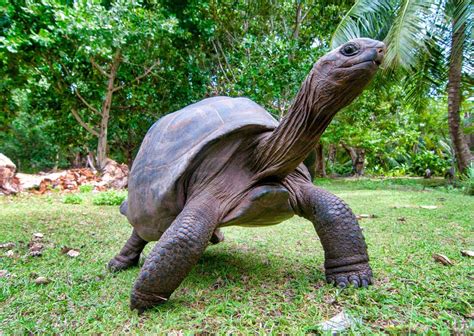Establishing an Enriching Habitat: The Ultimate Guide to Tortoise Tanks
Tortoises, the captivating creatures known for their longevity and fascinating behaviors, deserve a habitat that caters to their unique needs. A well-designed tortoise tank is essential for their physical and mental well-being, ensuring a comfortable and fulfilling life. Embark on this comprehensive guide to create the ideal tortoise tank, one that mimics their natural environment and fosters their optimal health.
Understanding Tortoise Biology
Tortoises are reptiles that belong to the order Testudines. They are characterized by their protective shells, which provide shelter and defense from predators. Tortoises are herbivorous, meaning they primarily consume plants, and they are long-lived, with some species reaching over 100 years in age.
Choosing the Ideal Tortoise Tank
The size of the tortoise tank depends on the species of tortoise you own. As a general rule, the tank should be at least twice the length of the tortoise and one and a half times its width. For example, a 6-inch tortoise would require a tank that is 12 inches long and 9 inches wide.
The tank should be made of a non-porous material, such as glass or plastic, to prevent bacteria from accumulating. It should also have a secure lid to prevent the tortoise from escaping.

Essential Tank Elements
Substrate
The substrate, or flooring, of the tortoise tank should be natural and safe for the tortoise to ingest. Some good options include topsoil, sand, coconut fiber, or bark. The substrate should be moist but not wet, as this can lead to respiratory problems.
Hiding Places

Tortoises need a place to hide where they can feel safe and secure. This can be a cave, a log, or a plant. The hiding place should be large enough** for the tortoise to fit comfortably inside.
Water Dish
Tortoises need a shallow water dish that is large enough for them to soak in. The water should be clean and fresh, and it should be changed daily.

Heat Lamp
Tortoises need a heat lamp to regulate their body temperature. The heat lamp should be placed on one side of the tank, and the other side should be cooler. This will create a temperature gradient that the tortoise can use to thermoregulate.
UVA/UVB Lighting
Tortoises need UVA and UVB lighting to synthesize vitamin D3, which is essential for calcium absorption. The UVA/UVB lighting should be placed above** the tortoise's basking area.
Creating a Naturalistic Environment
In addition to the essential tank elements, you can also add other items to the tank to create a more naturalistic environment for your tortoise. These items can include plants, rocks, and logs. You can also create a water feature, such as a pond or a **stream.
Monitoring and Maintenance
Regular monitoring and maintenance are essential for keeping your tortoise tank clean and healthy. This includes:
-
Cleaning the tank twice a week.
-
Changing the substrate monthly.
-
Cleaning the water dish daily.
-
Monitoring the temperature and humidity daily.
-
Taking your tortoise to the veterinarian for regular checkups.
Common Mistakes to Avoid
There are a few common mistakes that people make when setting up a tortoise tank. These mistakes can lead to health problems for your tortoise, so it is important to avoid them.
-
Using the wrong substrate. The substrate should be natural and safe for the tortoise to ingest.
-
Not providing enough hiding places. Tortoises need a place to hide where they can feel safe and secure.
-
Not providing proper lighting. Tortoises need UVA and UVB lighting to synthesize vitamin D3, which is essential for calcium absorption**.
-
Overfeeding your tortoise. Tortoises should be fed a healthy diet that is low in fat and protein.
-
Not providing regular veterinary care. Tortoises need regular checkups to ensure that they are healthy and happy.
Inspirational Stories
Terry the Tortoise
Terry was a Sulcata tortoise who lived in a zoo. He was overweight and inactive, and he had respiratory problems. The zookeepers decided to put Terry on a diet and exercise program. Within a few months, Terry had lost weight and become more active. His respiratory problems also improved. Terry is now a healthy and happy tortoise who enjoys spending his days basking in the sun.
Shelly the Tortoise
Shelly was a red-footed tortoise who lived in a private home. She was malnourished and dehydrated, and she had shell rot. The owner took Shelly to the veterinarian, who prescribed antibiotics and a special diet. Within a few weeks, Shelly had recovered from her illnesses. She is now a healthy and happy tortoise who enjoys spending her days exploring her enclosure.
Oliver the Tortoise
Oliver was a box turtle who lived in the wild. He was hit by a car and lost his leg. A wildlife rehabilitator found Oliver and took him to a veterinary hospital. The **veter
